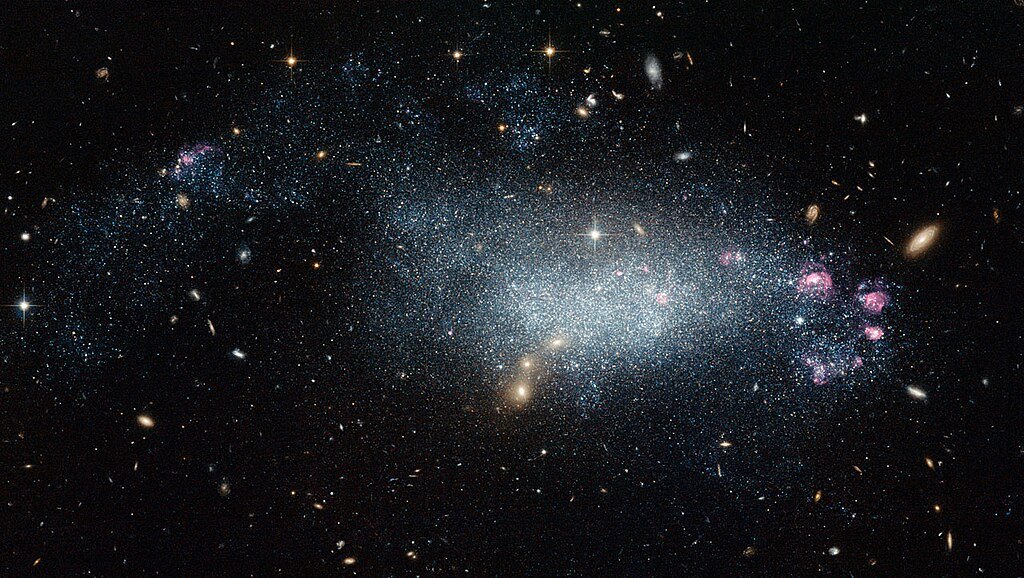New research has uncovered the key players responsible for illuminating the early universe. Scientists have long debated what caused the transition from cosmic darkness to the era of reionization, when light could finally travel freely through space. Recent findings suggest that small dwarf galaxies played an important role in clearing the dense hydrogen fog that once filled the universe.
The Role of Dwarf Galaxies

Using data from the Hubble and James Webb Space Telescopes, researchers analyzed the galaxy cluster Abell 2744, which acts as a cosmic lens, magnifying distant light sources. They discovered that dwarf galaxies were far more abundant than previously thought, outnumbering larger galaxies by a ratio of 100 to 1. These galaxies emitted intense ionizing radiation, transforming neutral hydrogen into ionized plasma and allowing light to travel unimpeded.
Cosmic Reionization and Its Impact
During the first few hundred years after the Big Bang, the universe cooled, hydrogen atoms formed, but the absence of strong light sources kept space dark. The emergence of the first stars and galaxies provided the radiation needed to reionize the gas, marking the end of the cosmic dawn. Scientists previously believed that massive galaxies or black holes were the primary drivers of this process, but new evidence points to the collective power of dwarf galaxies.
Implications for Astronomy
The discovery reshapes our understanding of early galaxy formation and the evolution of the universe. It highlights the importance of studying low-mass galaxies, which may have played a more significant role in shaping cosmic history than previously assumed. Future observations with advanced telescopes will continue to refine our knowledge of how these galaxies contributed to reionization.
Conclusion

The findings suggest that dwarf galaxies were hidden architects of the cosmic dawn, responsible for transforming the universe from darkness to light. As astronomers continue to explore the depths of space, these revelations provide a clearer picture of how the universe evolved in its earliest stages.
Source:





